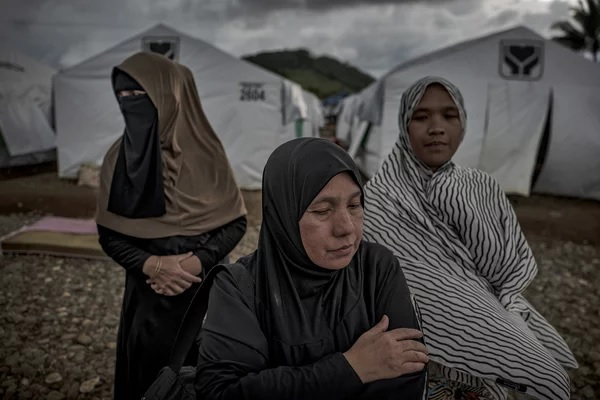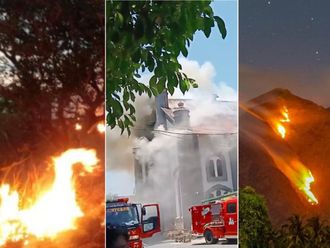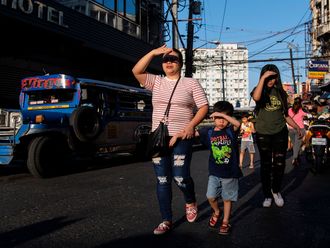
Manila: About 70 per cent of residents from Marawi City, who were displaced by the fighting between the Philippine military and extremist militants a year ago, have now returned to their homes, officials say.
Spokesman Harry Roque said during a briefing at the Presidential Palace on Tuesday that, while conditions in the Southern Philippine city were still far from normal, government efforts towards rehabilitation were making headway.
“The good news is that, as far as the residents are concerned, 70 per cent have gone back to their homes. We have provided temporary or permanent homes for them,” he said.
On May 23 last year, chaos broke in the urban centre which prides itself as the Philippines’ Islamic City, when Daesh-inspired militants led by Abdullah and Omar Maute, together with the Sulu and Basilan-based fighters headed by Isnilon Hapilon, started an uprising against the government.
Daesh Caliphate
Militants from Malaysia, Singapore, Indonesia and other countries joined the siege under the banner of Daesh, as they attempted to establish a “caliphate” in Southeast Asia.
The rebellion was quashed five months after it began with the death of the Maute brothers, Hapilon and the other militants — but the uprising dealt a lasting blow on the native Maranao and Christian minority, as their homes had been devastated and families lost members in the fighting.
Duterte assumes 'full responsibility'
In a speech during the 120th anniversary of the Philippine Navy at the Coconut Palace in Manila on Tuesday, the Philippine President said he takes full responsibility for "faults" in handling Marawi siege, adding said it was hurtful that there were deaths in the siege.
“I assume full responsibility,” Duterte said.
The president said he not anticipate that the Daesh-inspired Maute gang would have “so much ordnance and that the fight took us about four months to finish.”
“All of these faults, if it is indeed one, or our faults, it belongs and it falls on my shoulders as commander-in-chief,” the President said.
Mautes linked to shabu trade
The Philippine Daily Inquirer quoted the chief executive as saying that said the Marawi rebellion was funded by shabu, pointing out that the siege took place when police was serving the warrant of arrest of Maute members in a case related to illegal drugs.
Aside from the assistance from the government, international help was mobilised in the rehabilitation efforts and among the countries that responded were the United States, Australia, Japan and China.
Residents return to 72 villages out of 96 villages
According to Myles Rivera, head of the Task Force Bangon Marawi Secretariat, out of the 96 villages that comprise Marawi City, the majority of the residents from 72 villages have already returned.
Those coming from the remaining 24 villages from the totally damaged areas have yet to return to their homes since most of it the strucured had been destroyed.
More than 240,000 residents had been displaced by the fighting and were housed in temporary shelters in safe areas of Marawi City as well as in Iligan City.
“I would say for those people who are not directly affected by the bombing, destroyed properties, most them have returned to their normal lives,” she added.
The military campaign by the Armed Forces of the Philippines to dislodge the extremists caused extensive damage to large areas of the city.
85% of battle area cleared
Marine Col. Edgard Arevalo, Armed Forces of the Philippines (AFP) spokesperson said that as of Tuesday, ordnance disposal teams from the Philippine Army, Navy, and Air Force had cleared 85 per cent of the battle area in Marawi City of unexploded bombs and improvised explosive devices left by the militants.
According to Arevalo, the removal of unexploded bombs was critical because rehabilitation works cannot commence until it was certain that all explosives in the battle area had been disposed.
1,240 killed
The fighting in Marawi City killed more than 1,000 members of the Maute and Abu Sayyaf together with their foreign supporters while more than 200 government soldiers were killed along with more than 40 civilians.
The campaign was the first time since the Second World War that the Philippines had witnessed such intense clashes, as heavy street fighting, and aerial and artillery bombardment characterised the campaign.












